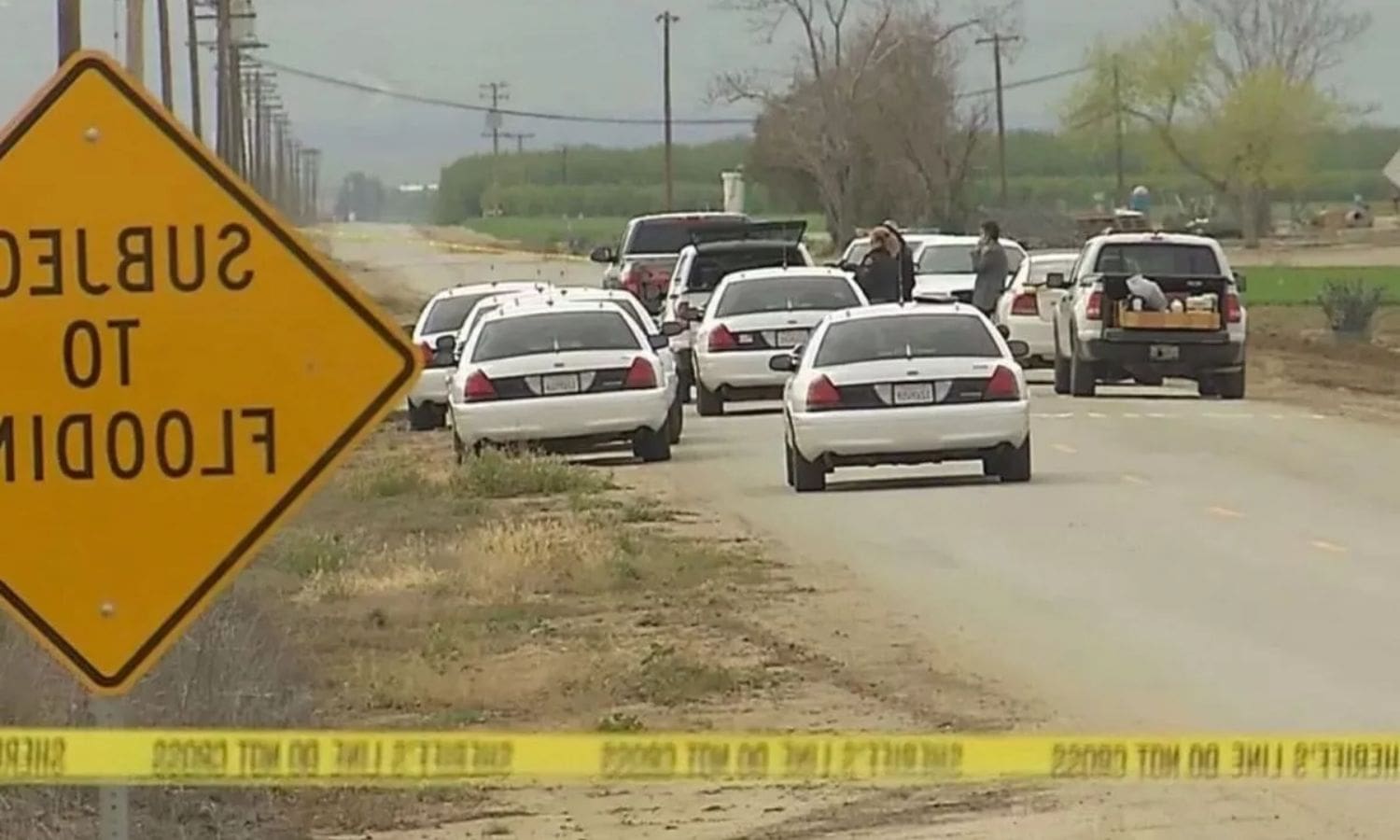Kern County Cold Case: In a gripping breakthrough, the long-standing Kern County cold case has finally revealed the identity of its victim, after nearly 13 years of perplexing silence. The decapitated and blood-drained body, shrouded in mystery, had confounded investigators and the public alike.
With the relentless efforts of the DNA Doe Project and the complexities of genealogy investigation, a resolution emerges from the shadowy depths of this case.
Key Takeaways Of Kern County Cold Case
- The victim’s identification after almost 13 years brings hope to a long-standing cold case.
- The DNA Doe Project played a crucial role in identifying the victim through reconstruction of the family tree.
- The victim’s Eastern European background added complexity to the genealogy investigation.
- Despite the identification, details about the victim’s death and the circumstances surrounding it remain unknown, creating mystery and intrigue.
Discovery and Initial Investigation:
The discovery and initial investigation of the Kern County cold case involved a meticulous examination of the headless and thumbless body found in a California vineyard.
The Kern County Sheriff’s Office, faced with limited clues, embarked on a quest to determine the identity of the victim, who was described as a Caucasian woman aged 45 to 55.
The crime scene was meticulously combed for any trace of evidence that could shed light on the perplexing case. The absence of a head and thumbs presented a unique challenge, as these body parts often hold crucial identifying information.
Despite the gruesome nature of the crime, the investigators remained focused and determined to bring justice to the victim and closure to her loved ones. The painstaking efforts of the investigative team would eventually lead to a breakthrough, but not before years of tireless work and countless dead ends.


Also Read :Sv Hopper Commuting Game Changer Expands Into South Santa Clara
Challenges in Identification:
After almost 13 years, the identification of the victim in the Kern County cold case posed significant challenges for investigators. The lack of leads and the absence of a head made it difficult to gather crucial information. Initial DNA samples from missing persons cases yielded no matches, leaving investigators with no immediate leads to pursue. Submissions to the Justice Department’s database also failed to provide any potential matches. As a result, the case went cold for nine long years, with little progress made.
The gruesome nature of the crime, with the victim being found drained of blood, added an additional layer of complexity to the identification process. The investigators faced an uphill battle in piecing together the victim’s identity, relying on meticulous forensic analysis and extensive collaboration with other agencies in order to bring justice to this long-standing cold case.
| Challenges in Identification | ||
|---|---|---|
| Lack of leads | Absence of head | No DNA matches |
| No matches in Justice Department’s database | Gruesome nature of the crime |
DNA Doe Project Involvement:
One significant development in the investigation of the Kern County cold case was the involvement of the DNA Doe Project. This nonprofit organization joined the investigation after nine years of the victim’s identity being unknown.
The DNA Doe Project is composed of volunteer genetic genealogists who dedicate their time and expertise to solving unidentified persons cases using DNA analysis and genealogy research. In the case of the Kern County cold case, the volunteers spent an arduous three years reconstructing the victim’s family tree.
Through their tireless efforts, they made a breakthrough when they discovered a DNA match to distant cousins. This crucial piece of information allowed law enforcement to finally identify the victim, bringing them one step closer to uncovering the truth behind this horrific crime.
The involvement of the DNA Doe Project was a turning point in the investigation, providing a glimmer of hope in a case that had remained unsolved for over a decade.
Complexities in Genealogy Investigation:
Navigating the complexities of the genealogy investigation proved to be a challenging endeavor for the DNA Doe Project volunteers in their quest to identify the victim in the Kern County cold case.
The victim’s Eastern European background, as identified in Kaplan’s family tree, added a layer of intricacy to the investigation. To navigate this complexity, the project collaborated with an Ashkenazi Jewish genealogy expert, who possessed specialized knowledge in this area.
Despite their expertise, the search for potential relatives led them to two individuals located on the other side of the country. This geographical distance posed further challenges, requiring the team to carefully coordinate efforts and utilize advanced technology to bridge the gap.
The complexities of the genealogy investigation demanded patience, precision, and an unwavering dedication to unraveling the victim’s identity and bringing justice to the Kern County cold case.
Resolution and Unanswered Questions:
The investigation into the Kern County cold case reached a resolution, leaving behind unanswered questions about the circumstances surrounding the victim’s headless and blood-drained state. Despite the identification of the victim, Kaplan, through DNA samples provided by relatives, crucial details about his death remain unknown. The Kern County Sheriff’s Office has yet to comment on the circumstances of his death and the location where his body was found. This lack of information creates a sense of mystery and intrigue, leaving investigators and the public wondering about the motive behind this gruesome crime.
As the case moves forward, the unanswered questions surrounding Kaplan’s headless and blood-drained state continue to haunt those involved, sparking a renewed determination to uncover the truth and bring justice to the victim.
- What was the motive behind Kaplan’s brutal murder?
- How did the perpetrator manage to remove the victim’s head and drain the blood without leaving any evidence behind?
- Was Kaplan targeted specifically, or was he a random victim of a heinous crime?


Conclusion Of Kern County Cold Case
After almost 13 years, the victim of a gruesome cold case in Kern County has finally been identified. The body, found headless and drained of blood, posed several challenges in the identification process. However, thanks to the involvement of the DNA Doe Project and their expertise in genealogy investigation, the victim’s identity was determined.
While the resolution brings closure to the case, there are still unanswered questions surrounding the motive and circumstances of this horrifying crime.
Our Reader’s Queries
What state has the most unsolved cold cases?
In the United States, there are over 200,000 unsolved homicides, with an annual increase of approximately 6,000. California, with its large population, has the highest number of unsolved murders among all US states.
How many cold cases are still unsolved?
Over 200,000 murder cases remain unsolved in the United States. However, a dedicated team of volunteers from all corners of the country are stepping up to assist police agencies in cracking these cases. Their efforts are aimed at bringing closure to the families of victims and ensuring justice is served.
How many cold cases are there in Texas?
In the United States, there are more than 270,000 unsolved homicides as of 2020. Texas alone has approximately 20,072 unsolved homicides. These numbers are staggering and highlight the need for more effective measures to solve these crimes and bring justice to the victims and their families.

